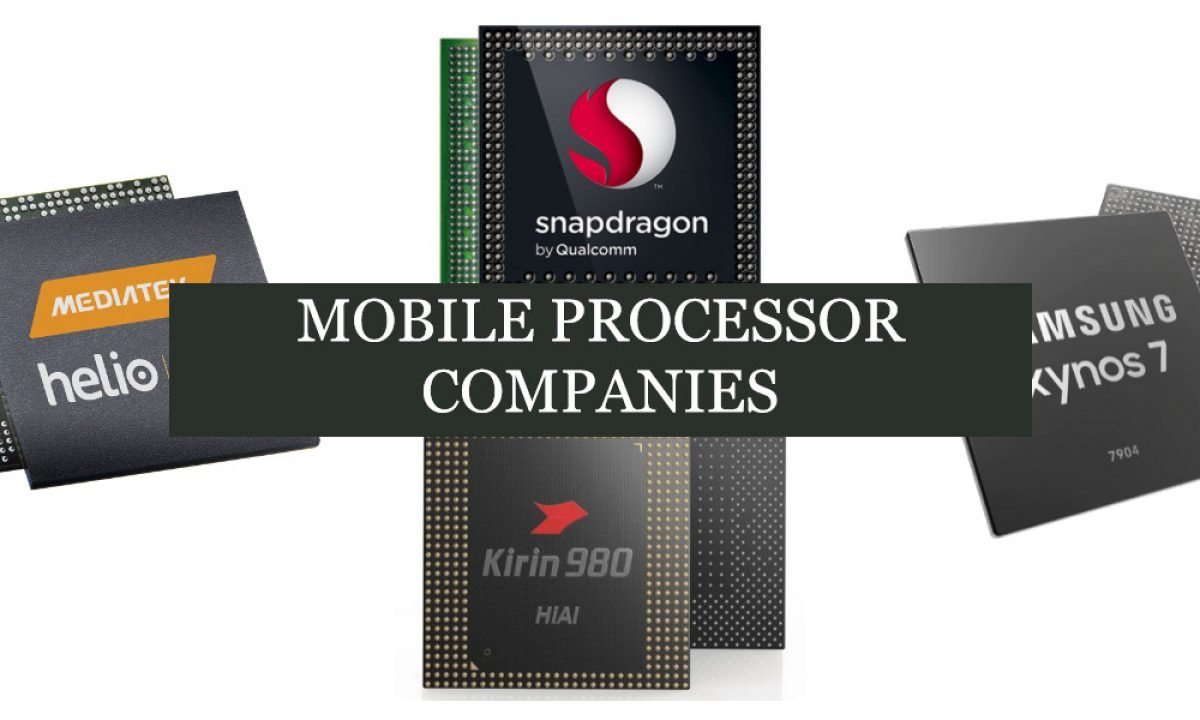

But now the suffix is always appended as reported in the dnsmasq log file.Īfter some more testing I have again seen the scenario where the webpage loads from the Android phone but the dnsmasq log appears to show the name resolution happening on an unqualified domain name (bare hostname: mymovies).

However that was a few days ago, now the dnsmasq log always shows that the DHCP server DNS suffix has been appended.

While testing the website from my phone I could swear using the URL address in a Chrome browser on the phone was loading the website and the dnsmasq log showed just that unqualified name - mywebsite - resolving to the desired local IP address the web server is at. This also allows me to see, in the dnsmasq log file, the DNS query that goes from the client to the DNS server. I use dnsmasq to provide local DNS resolution so I can map my own made up hostnames to local LAN IP addresses. This order can be changed by configuring the NetBIOS node type of the client. If the name is still not resolved, NetBIOS name resolution sequence is used as a backup.Domain Name System (DNS) servers are queried.The client then searches a local Hosts file, a list of IP address and names stored on the local computer.The client checks to see if the name queried is its own.
ANDROID PROCESSING OPERATING SYSTEM NAMES WINDOWS
I am learning about how Windows does name resolution and need to know how Android does it so an app will work on my Windows laptop and from my Android Phone.īorrowing from a post on, the normal resolution method on windows is as follows:


 0 kommentar(er)
0 kommentar(er)
